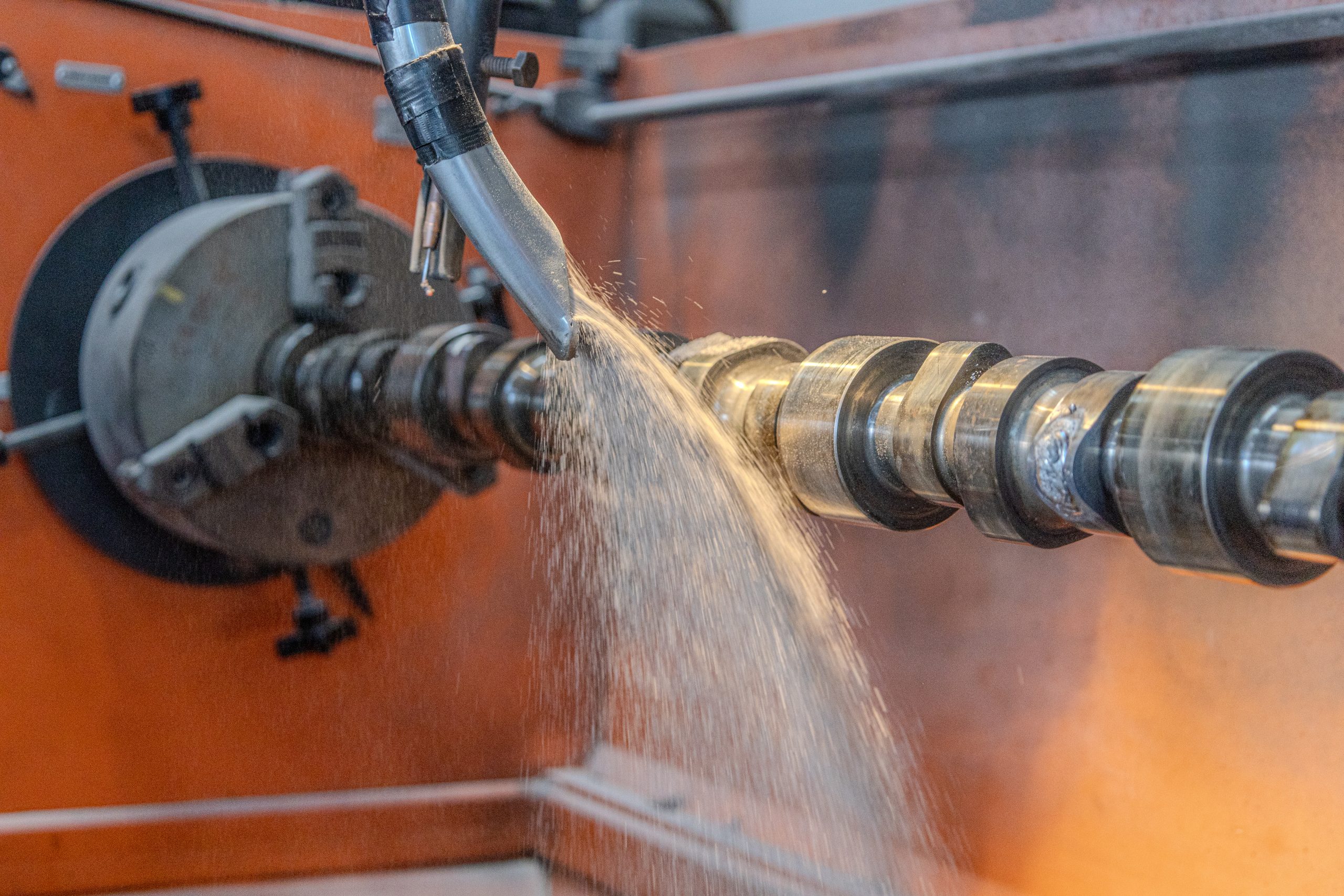The car industry is paying more attention to being eco-friendly, and one way is by reusing camshafts in diesel engines. This method is good for the environment and has many clear benefits. As we all aim for more sustainable choices, using remanufactured camshafts in diesel engines is a great example of being efficient while caring for the planet.
Listed are several environmental benefits:
Reduced Waste
Remanufacturing camshafts is all about giving old parts a new life. It involves taking used camshafts and fixing them up, so they can be used again. This process is perfect for the environment because it uses materials that already exist. By doing this, we create a lot less waste. Old camshafts are usually discarded, but we can give them a new life by remanufacturing them.
During this process, we clean and repair any damage, restoring them to a like-new condition. This means we don’t need to make new camshafts from scratch, saving resources and energy. It’s a smart way to keep things out of landfills and reduce our environmental footprint. Remanufacturing camshafts is not just about fixing parts – it’s about being more sustainable and eco-friendly.
Conservation of Resources
The remanufacturing process is much better for the environment than making brand-new camshafts. When camshafts are remanufactured, it means we use less new raw materials. Making new camshafts requires a lot of metal and other resources. It’s not just about the materials, either. Making new camshafts from scratch uses a lot of energy.
When we remanufacture, we use less energy because we’re not starting from the beginning. By remanufacturing camshafts, we’re also cutting down on the mining and processing of new metals. This helps reduce pollution and the impact on the environment. It’s a great example of how we can be more sustainable in the automotive industry.
Reduction in Greenhouse Gas Emissions
Remanufacturing parts, like camshafts, is much kinder to the environment than making new ones. This is mainly because it creates a smaller carbon footprint. A carbon footprint is the amount of carbon dioxide (CO2) and other carbon compounds emitted due to the consumption of fossil fuels. When new parts are made, it takes a lot of energy, which often comes from burning fossil fuels. This releases a lot of greenhouse gases into the atmosphere, contributing to climate change.
However, remanufacturing uses less energy. This is because much of the work is already done. The basic shape and materials are already there, so it’s more about refining and fixing the existing part. This means burning fewer fossil fuels and, therefore, releasing fewer greenhouse gases.
In addition, it often takes less transportation to remanufacture parts. Instead of shipping raw materials and then the finished product, you often just have the final part traveling to its destination. Less transportation means fewer emissions from vehicles.
Enhanced Engine Efficiency
Remanufactured camshafts are frequently updated to meet current industry standards and include new advancements. This updating process can significantly enhance the overall performance of diesel engines. When these camshafts are installed, engines often run more smoothly and efficiently. This efficiency translates into more effective fuel use, meaning the engine requires less fuel to operate. Less fuel consumption directly contributes to a reduction in the overall operating costs for vehicles.
Additionally, engines that run more efficiently typically produce fewer emissions. Lower emissions are beneficial for the environment, reducing the release of harmful gases such as carbon dioxide and nitrogen oxides. This improvement in emissions aligns with global efforts to combat air pollution and climate change. Furthermore, the enhanced performance can extend the lifespan of the engine, delaying the need for complete engine replacements.
Reduced Toxicity
Manufacturing new camshafts requires a range of chemicals and processes. Many of these chemicals and processes can be damaging to the environment. Pollution and the production of toxic waste are causing this damage. Remanufacturing, on the other hand, involves restoring used camshafts. This process does not need as many harmful chemicals or processes. By remanufacturing, fewer new environmental toxins are released. It’s a more eco-friendly alternative compared to making new camshafts.
This approach recycles existing materials, reducing the need for new resources. It also cuts down on the energy used, as less manufacturing is involved. As a result, remanufacturing contributes to less environmental pollution. It’s a sustainable practice that helps protect our planet. By choosing remanufacturing, we reduce our ecological footprint.
How remanufacturing helps within the diesel engine industry
Reduced Manufacturing Demand
Owners of older diesel engines often face a problem: finding new parts for their engines can be difficult. This is because manufacturers sometimes stop making parts for older models. When this happens, it becomes hard to repair or maintain these engines. Remanufactured parts offer a solution to this problem. These are used parts that have been restored to work like new. They are often available for older engines, even when new parts are not. This means owners of older diesel engines can still get the parts they need. With these parts, they can repair their engines and keep them running well.
This is a big advantage because it avoids the need to buy a whole new engine. It’s also more affordable than replacing an engine. Using remanufactured parts helps in preserving the value of older engines. It’s also an environmentally friendly option, as it reduces waste. Owners can maintain their vehicles’ performance without being limited by parts availability. This extends the lifespan of their diesel engines, making them more sustainable. Overall, remanufactured parts are a practical and cost-effective choice for older diesel engine maintenance.
High Quality and Reliability
Remanufacturing is a detailed process that involves thoroughly checking and fixing used parts. During this process, the parts, like camshafts, are carefully tested to ensure they work well. Quality control is a big part of remanufacturing. Every part undergoes a meticulous inspection. This strict checking makes sure that the remanufactured camshafts are as good as new ones.
In some cases, these remanufactured parts can even perform better than new ones. The goal is to make sure these parts are safe and reliable for use in engines. This process helps in maintaining high standards for remanufactured engine parts. So, when you get a remanufactured camshaft, you can trust that it’s been tested for quality.
Job Creation
The remanufacturing industry involves fixing used parts to work like new. This industry creates various job opportunities. These jobs are in remanufacturing services, which are specialized areas. The people in these jobs need specific skills to repair and restore parts. They work on different parts, like car engines or industrial machines.
Because these skills are special, the jobs are often considered high-skill. People in these jobs help recycle and save materials, which is good for the environment. These jobs add value to the economy because they provide important services. The more the industry grows, the more jobs it can create.
By adopting remanufactured camshafts, the diesel engine industry not only achieves operational efficiency but also demonstrates a commitment to environmental stewardship. This contributes to a greener economy and presents a model for other industries to follow in the pursuit of ecological sustainability. Overall, the integration of remanufactured camshafts is a forward-thinking step that combines economic viability with environmental responsibility.


